
How to Grow Cucumbers in Pots for Heavy Harvests All Season Long
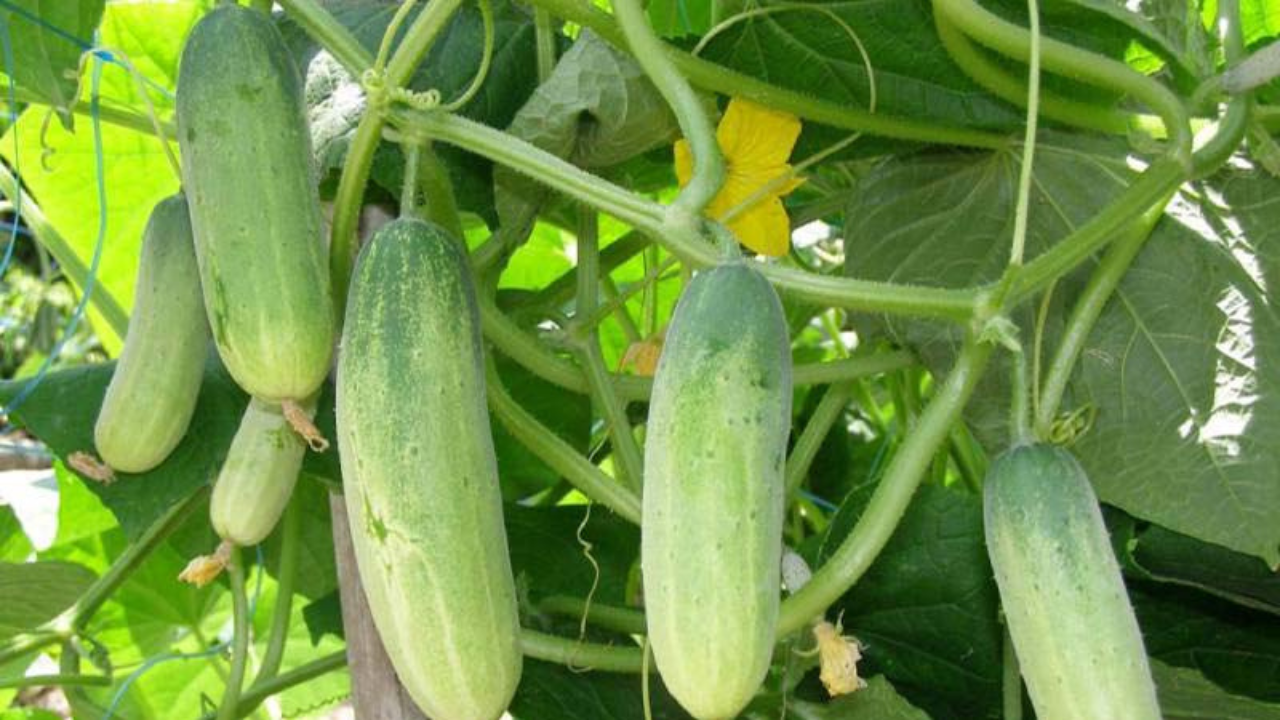
If you want to enjoy fresh, homegrown cucumbers without needing a large garden, growing them in containers is an excellent solution. With the right steps, your cucumber plants can produce abundant, crunchy fruits—enough for the whole family to eat freely without ever running out. Below is a detailed guide to help you grow cucumbers in pots successfully and harvest with minimal effort.
1. Preparing and Germinating Cucumber Seeds
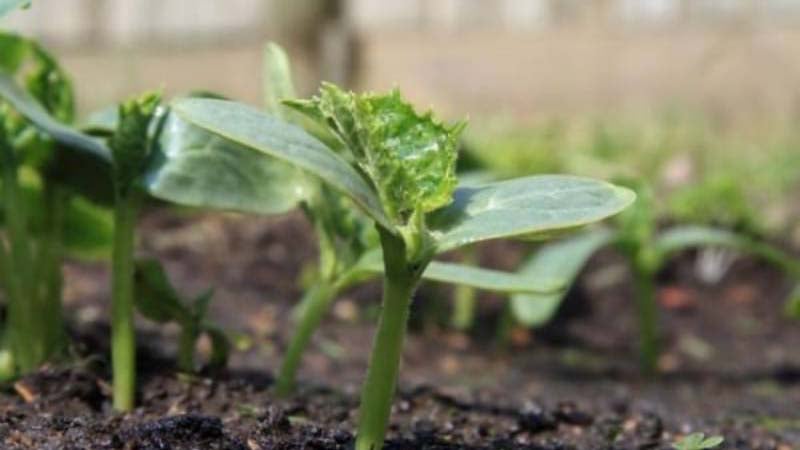
You can purchase quality seeds from gardening stores or save seeds from healthy cucumbers grown in a previous season.
Start by soaking the seeds in warm water at 30–35°C for 2–3 hours (using the 2 parts boiling water + 3 parts cool water method). After soaking, rinse the seeds with clean water and wrap them in a moist cloth. Store them at 27–30°C, keeping the cloth damp until the seeds crack open and begin sprouting.
Next, fill your pots or foam containers with loose, well-drained soil. Light, fluffy soil helps roots develop quickly and prevents waterlogging. Plant each sprouted seed about 1 cm deep, then cover lightly with soil. Water gently and cover the container with plastic to retain moisture. Place the pot somewhere with moderate sunlight to encourage fast germination.
2. Transplanting Seedlings
Once the seedlings develop 3–4 true leaves, they are ready to be transplanted into individual pots. Choose nutrient-rich soil—preferably a mixture of sandy loam or alluvial soil combined with organic materials such as rice husk, composted wood chips, animal manure, or green organic fertilizer.
After 7–10 days, supplement the soil with organic compost or a balanced fertilizer mixture containing nitrogen (N), phosphorus (P), and potassium (K). This boosts soil pH and strengthens the plants during their crucial early growth stage.
3. Caring for Your Cucumber Plants
Watering
Water the plants twice a day, but avoid overwatering. Cucumbers love moisture, yet too much water can cause root rot or slow growth.
Fertilizing
During the growing period, regularly loosen soil around the base of the plant and apply additional nutrients such as NPK fertilizer, urea, or organic compost. You can also use homemade organic options like tea residue or fermented kitchen waste, which are excellent for improving soil health.
Pruning and Maintenance
Remove weeds around the base to prevent nutrient competition. Trim off old or yellowing leaves so the plant can focus energy on producing new growth and fruits. Avoid letting the vines grow too tall without training or pruning—overly tall plants tend to produce fewer branches and fewer cucumbers.
4. Flowering and Fruiting Stage
Around 30–40 days after planting, the cucumber plants will begin flowering. At this stage, consistent moisture is essential—insufficient water will lead to small, bitter cucumbers.
The plants also have a much higher nutrient demand during flowering and fruit formation. Increase feeding with organic foliar sprays, HVP Auxin Organic, and additional minerals to support strong fruit development.
5. Harvesting Cucumbers
Cucumbers are ready for harvest approximately 60–80 days after planting. The best time to pick them is early in the morning when temperatures are cool and the fruits are crisp and hydrated.
After each harvest, continue feeding the plants with potassium and nitrogen while maintaining regular watering. This helps the plant keep producing new flushes of fruit, allowing you to enjoy continuous harvests for weeks.
News in the same category


4 ways to boil chicken without water

Rice water is like gold in the house if you know how to use it for these things

I Just Discovered the Benefits of Hanging a Bottle Cap on a Keychain

4 Dangerous Mistakes When Using an Air Fryer: Risks of Food Poisoning, Cancer, and Fires

Lady places cup of vinegar into microwave. Here’s the genius reason why
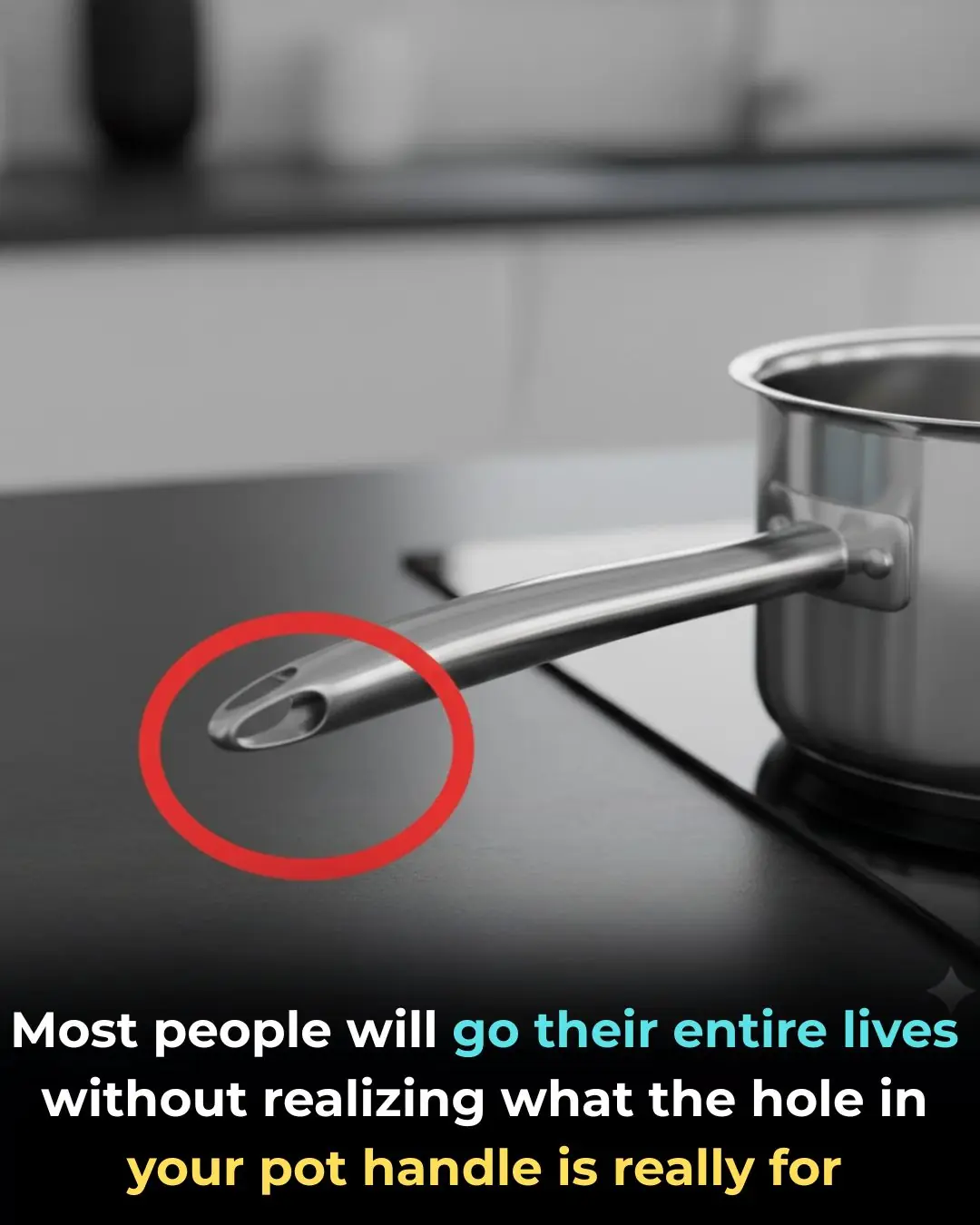
I had no idea this was a thing
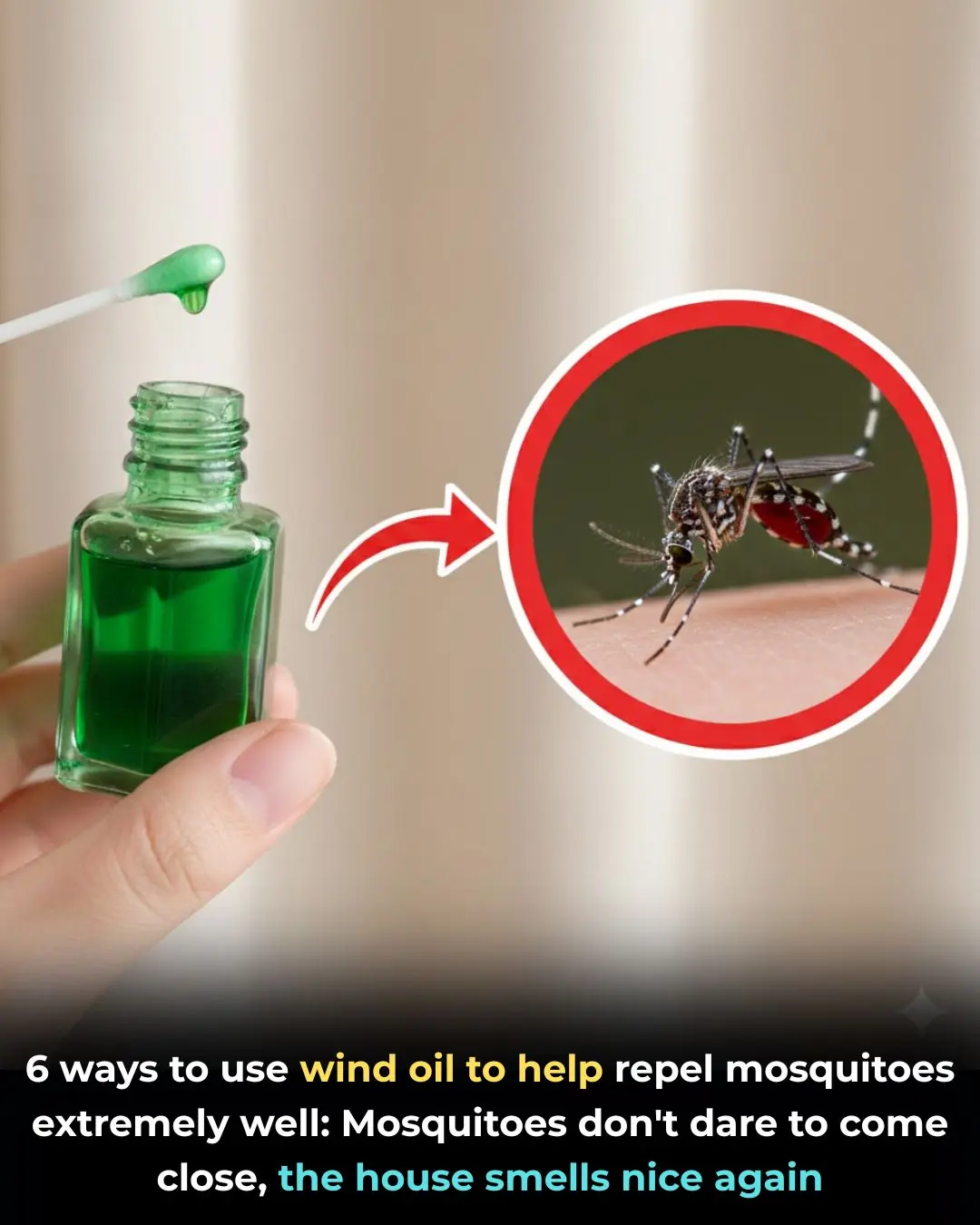
6 ways to use wind oil to help repel mosquitoes extremely well
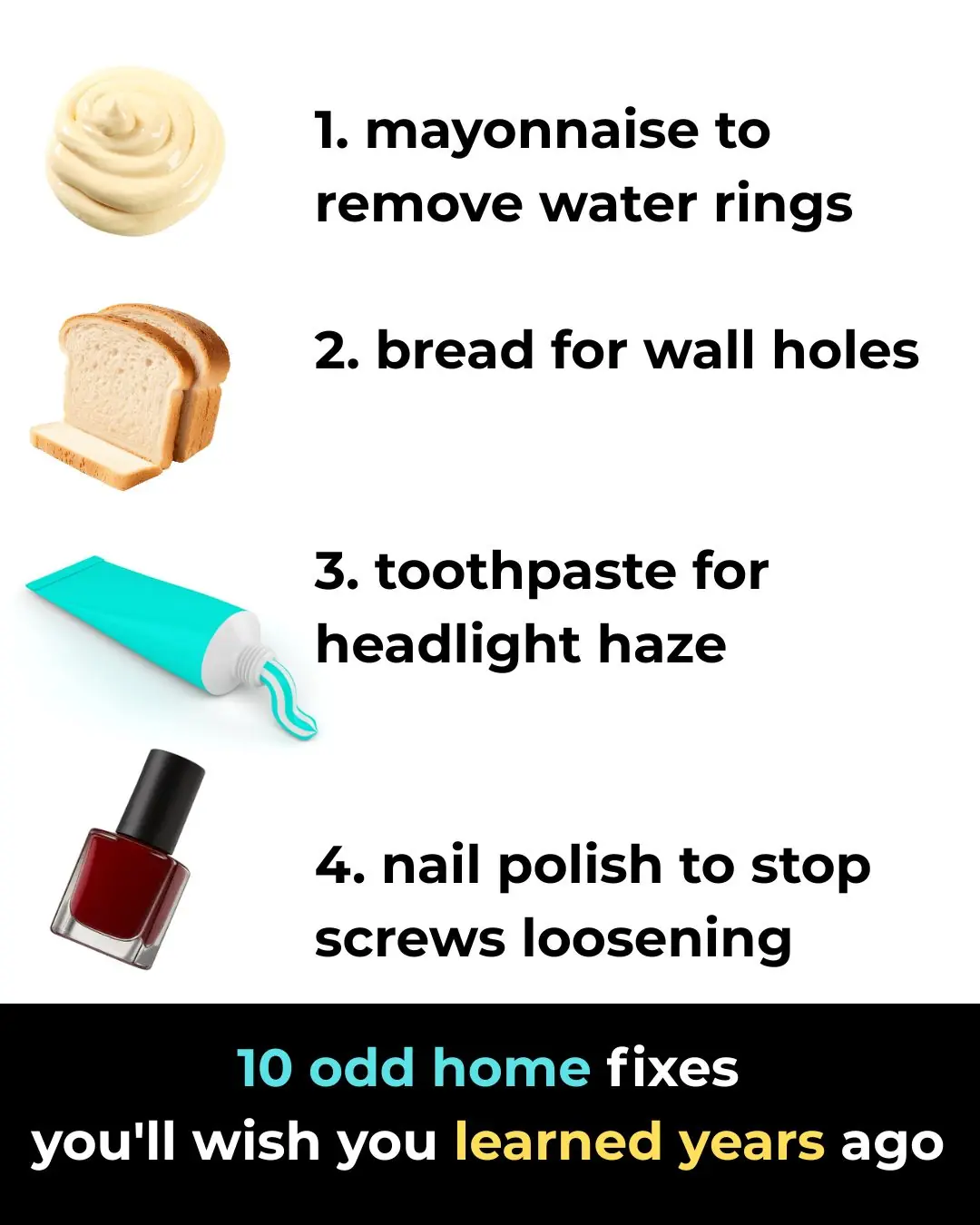
10 odd home fixes you’ll wish you learned years ago
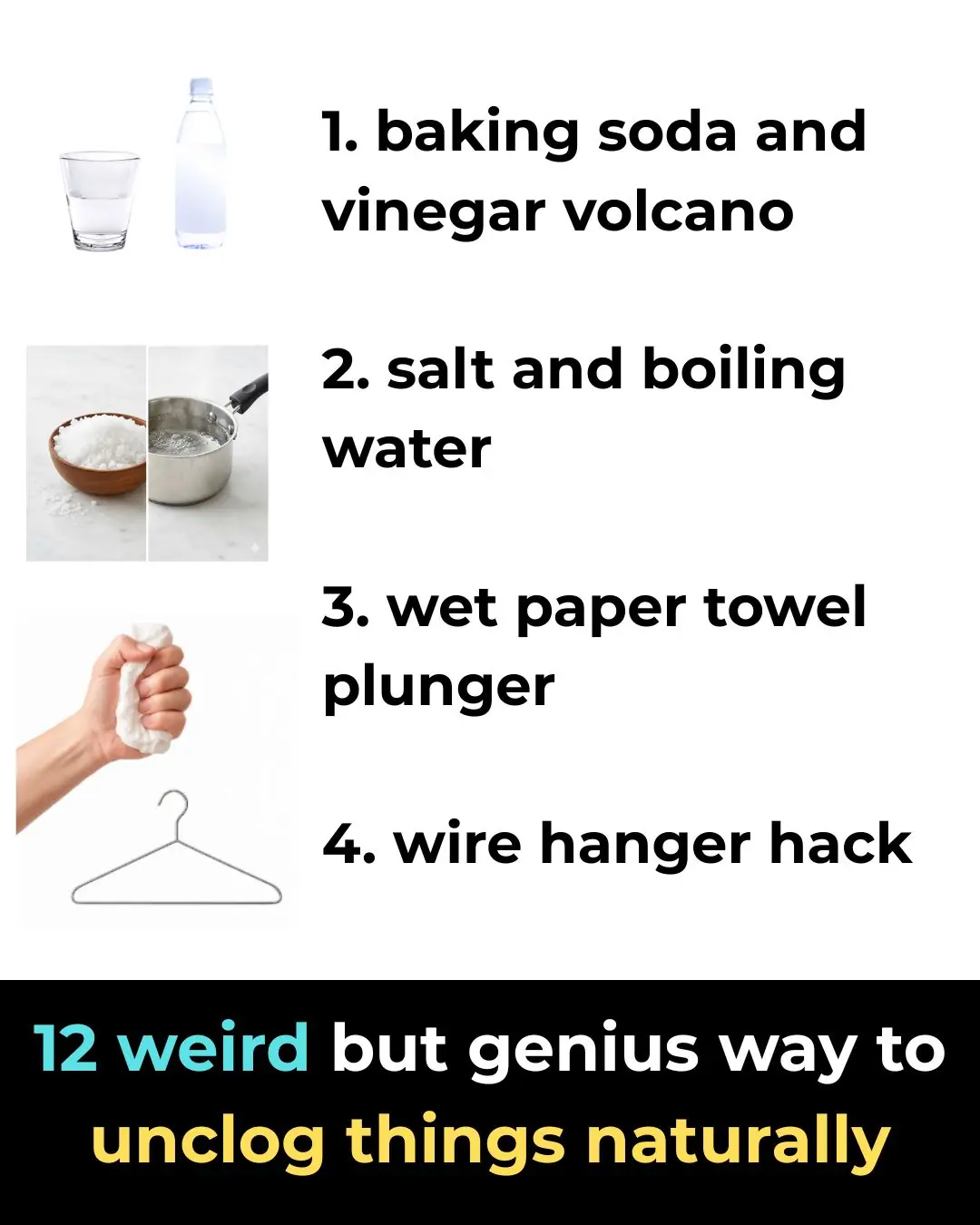
12 weird but genius ways to unclog things naturally
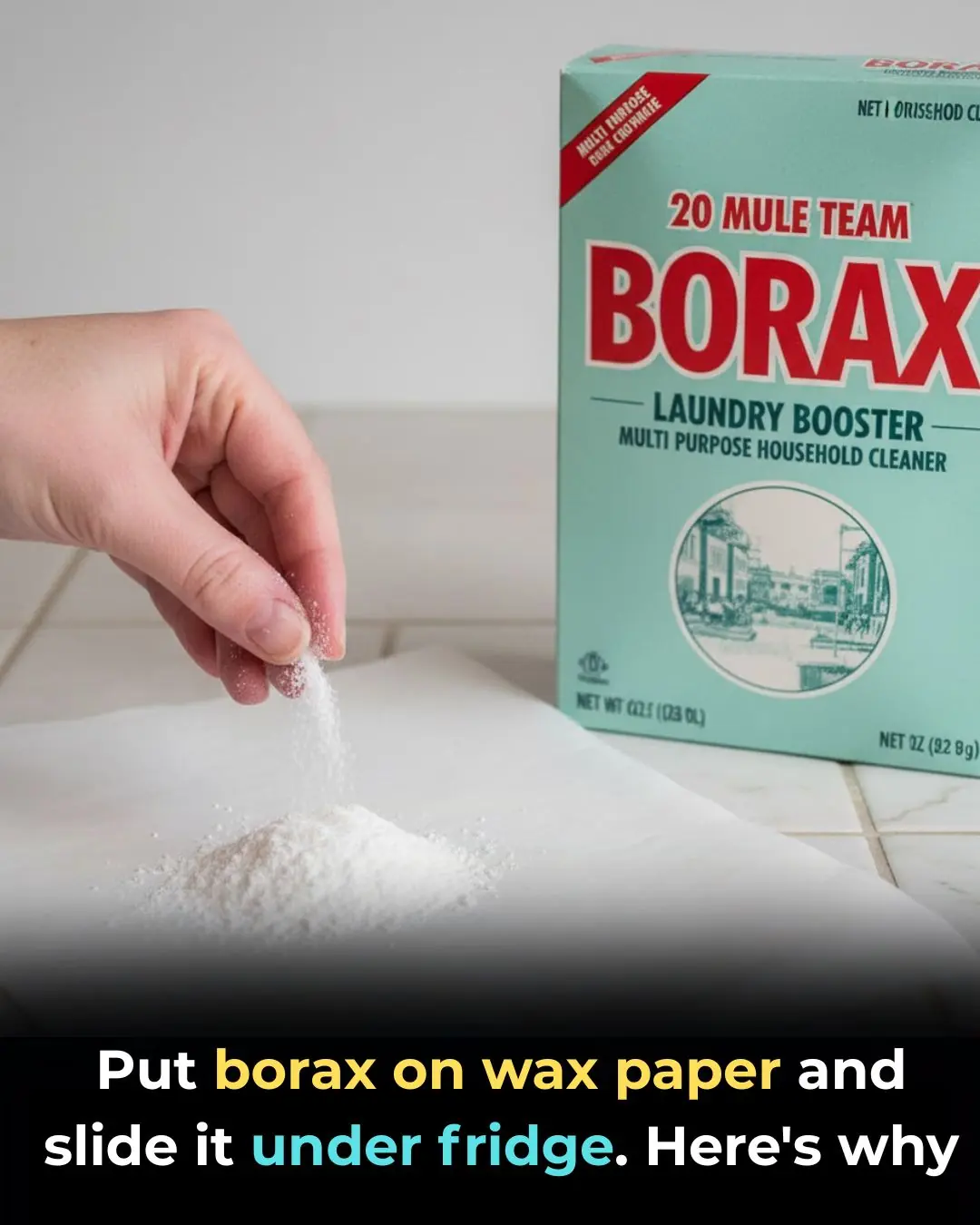
Put borax on wax paper and slide it under fridge. Here's why
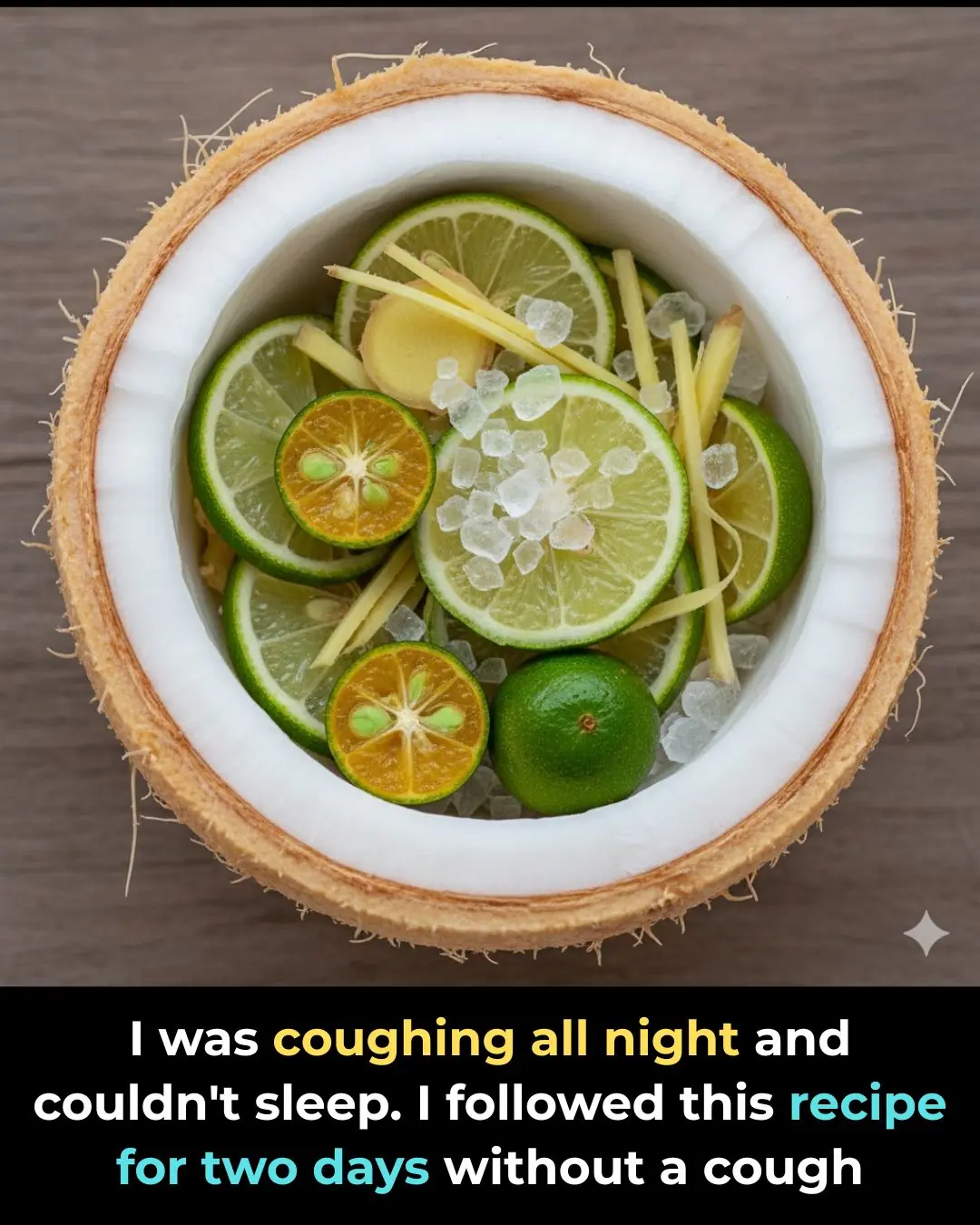
How to make steamed pears with rock sugar is both delicious and nutritious
Let’s take a look at some tips to help keep your kitchen space clean and free of unpleasant odors.
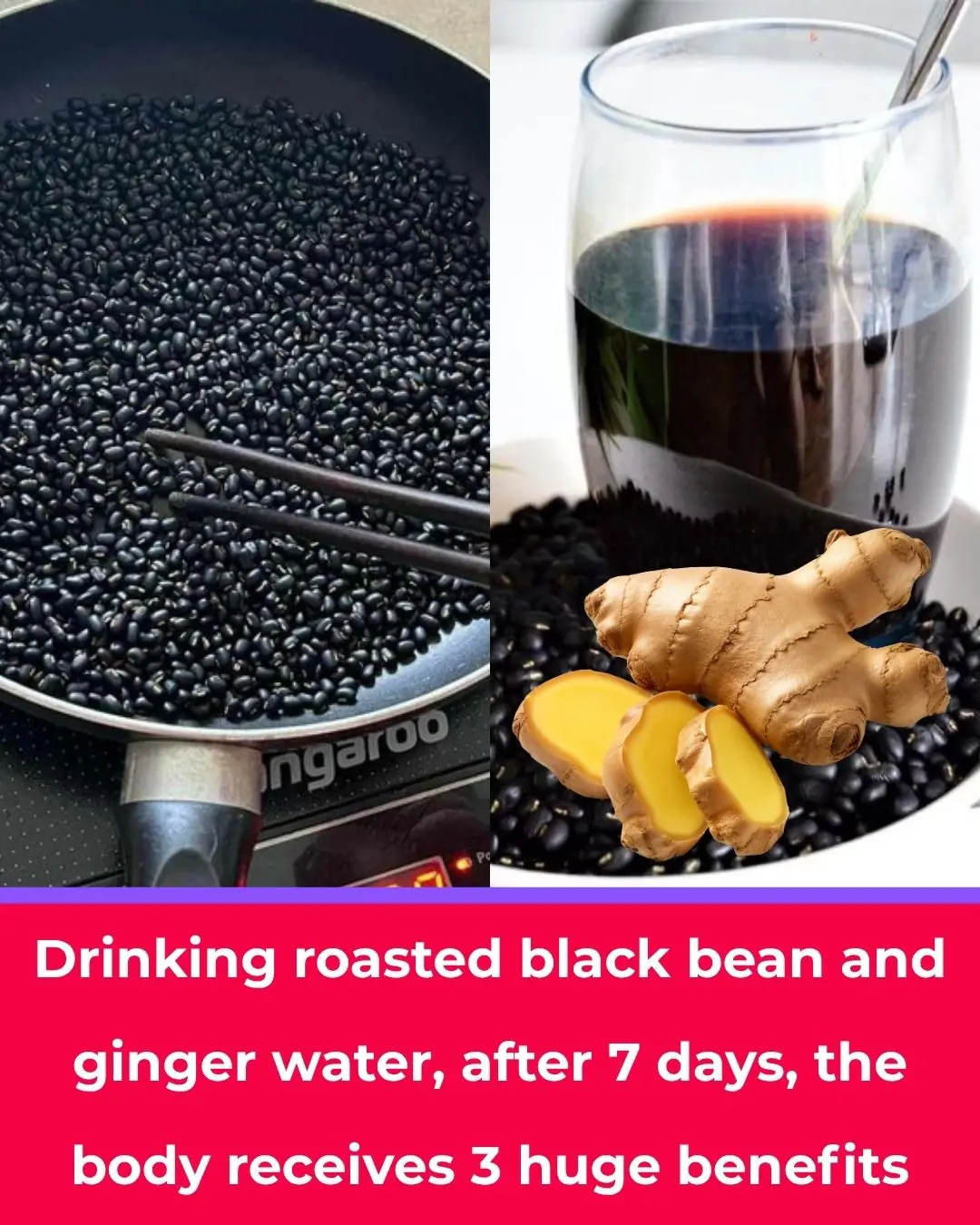
Drinking Roasted Black Bean and Ginger Tea for 7 Days Brings 3 Major Health Benefits

Never Clean Your Light Switches with Water — Here’s a Safe Trick to Make Them Look Brand New

Do not use a sharpening stone on dull scissors. Apply the following method to make the scissors as sharp as new ones bought from the store: Simple but effective

Don't rush to throw away expired or leftover beer. Use it for these 8 things and everyone will praise it

Simple Tips to Fade Freckles for a More Even and Radiant Complexion

5 Effective Ways to Clean Rust, Grease, and Stubborn Stains from Your Gas Stove—Making It Shine Like New
News Post
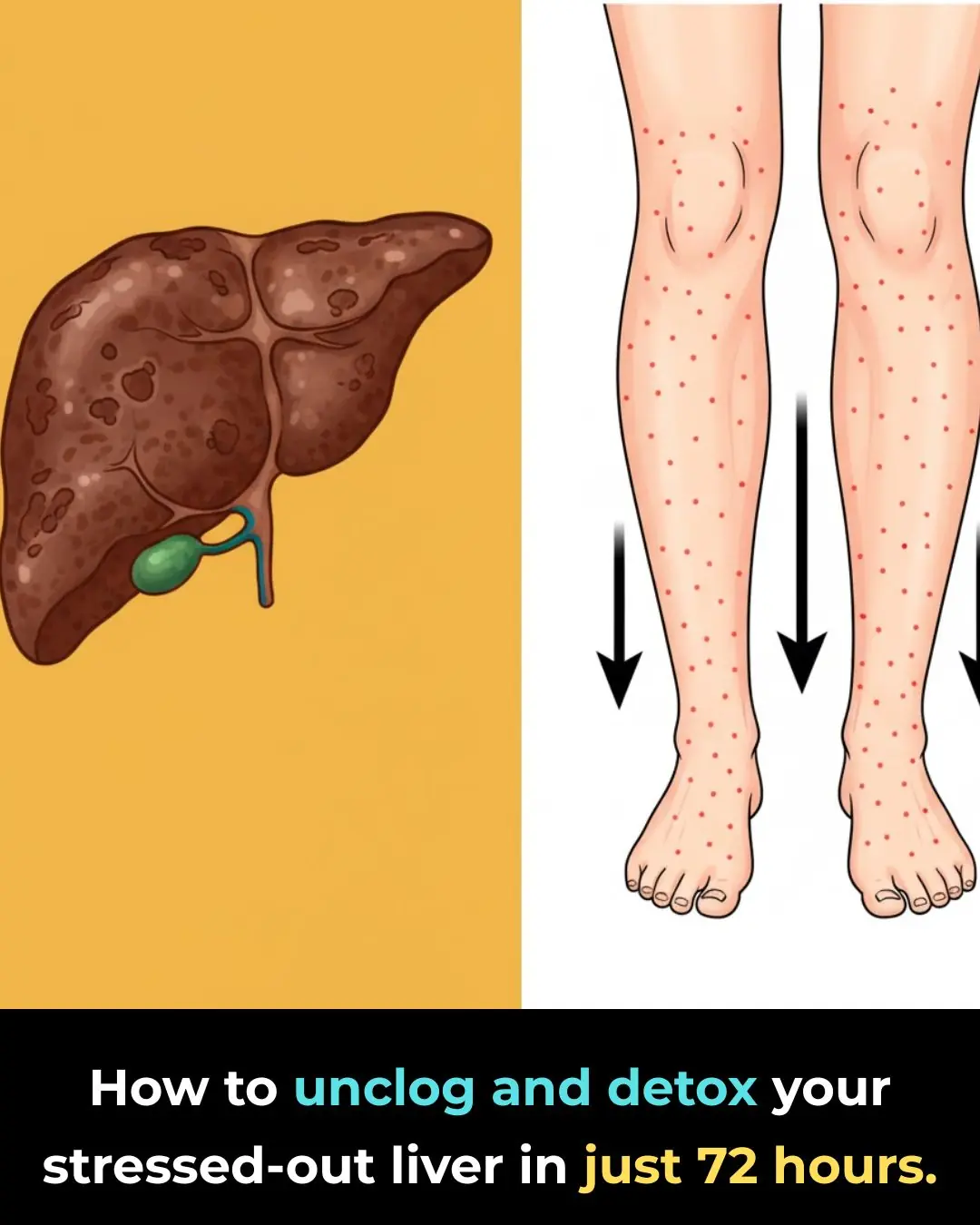
How To Unclog And Detox Your Stressed-Out Liver In Just 72 Hours

Why should you drop a clove of garlic into the toilet at night?

4 ways to boil chicken without water

5 Best Collagen Toners For Wrinkle Free Glowing Skin

Rice water is like gold in the house if you know how to use it for these things
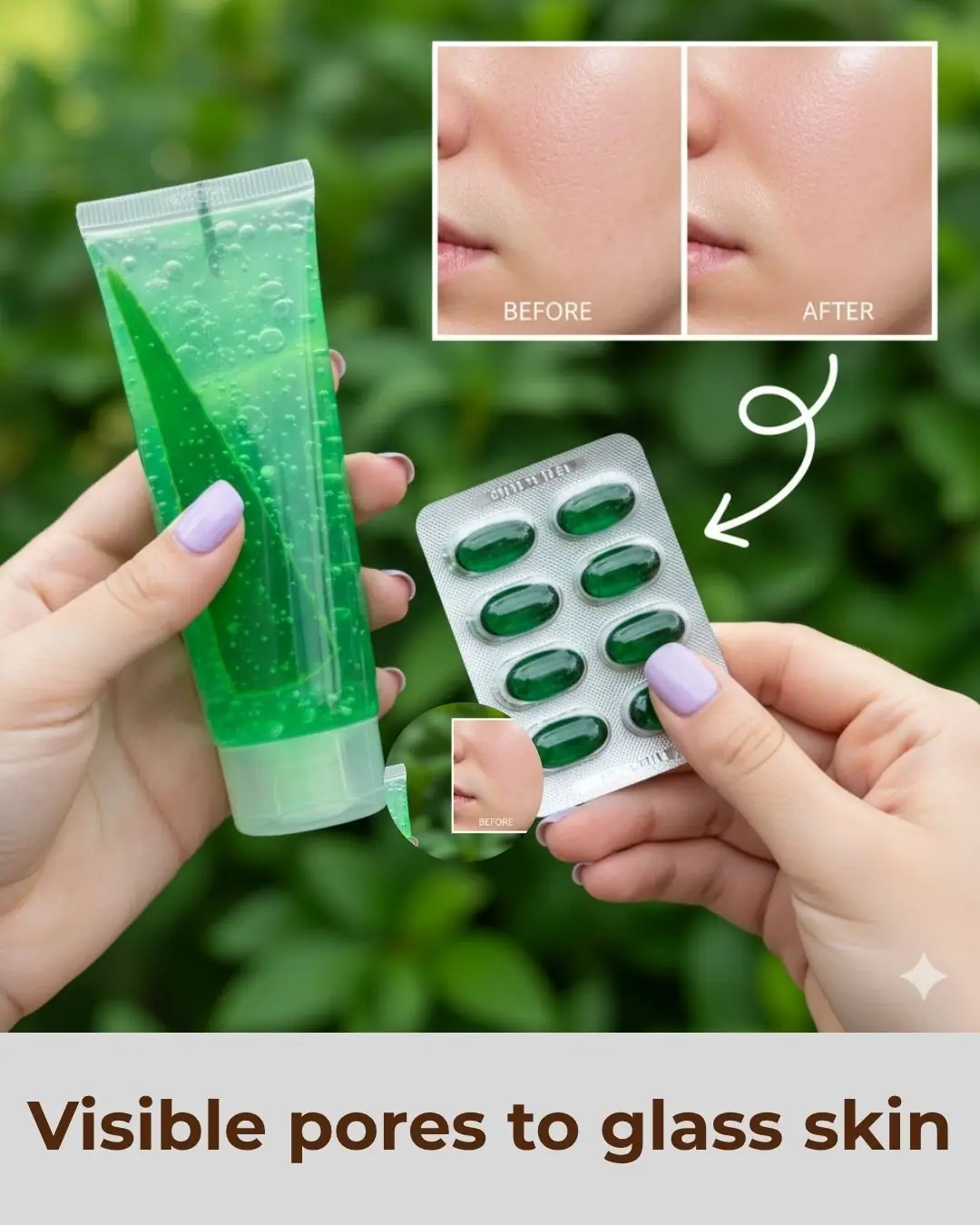
7 Days Indian Glass Skin Challenge

I Just Discovered the Benefits of Hanging a Bottle Cap on a Keychain

4 Dangerous Mistakes When Using an Air Fryer: Risks of Food Poisoning, Cancer, and Fires
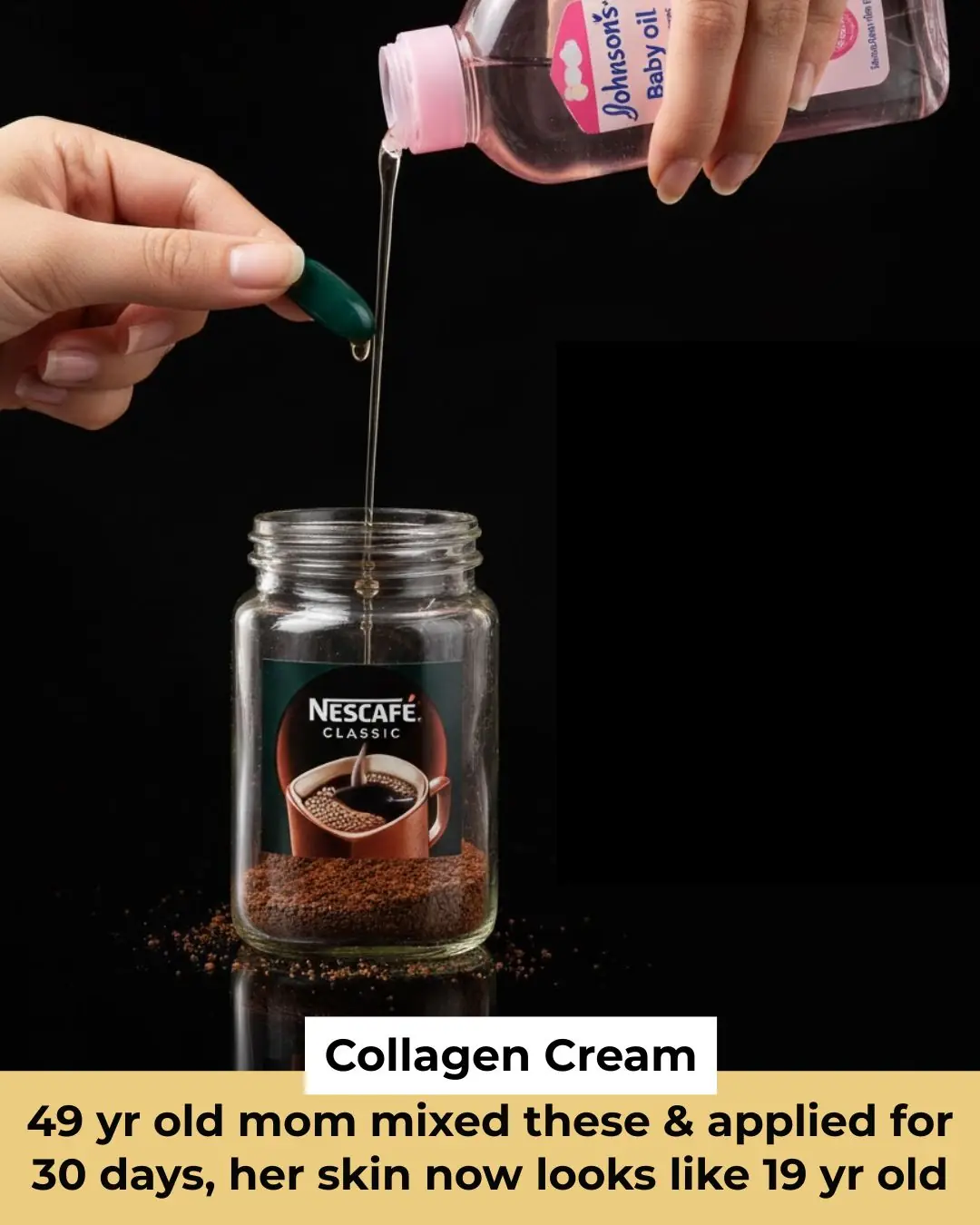
Coffee Baby Oil Vitamin E Formula: Collagen Cream For Wrinkle Free Glowing Skin

Lady places cup of vinegar into microwave. Here’s the genius reason why

I had no idea this was a thing

6 ways to use wind oil to help repel mosquitoes extremely well

10 odd home fixes you’ll wish you learned years ago

12 weird but genius ways to unclog things naturally

Put borax on wax paper and slide it under fridge. Here's why

How to make steamed pears with rock sugar is both delicious and nutritious
Let’s take a look at some tips to help keep your kitchen space clean and free of unpleasant odors.

Drinking Roasted Black Bean and Ginger Tea for 7 Days Brings 3 Major Health Benefits
